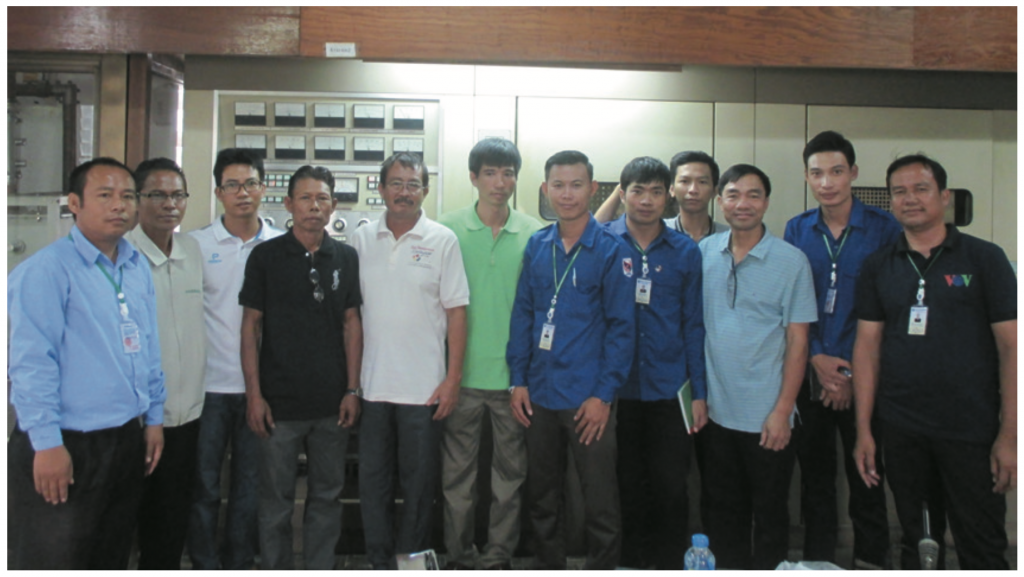ABU Technical Advisory Service to Lao National Radio Vientiane, Laos, 14-24 September 2016
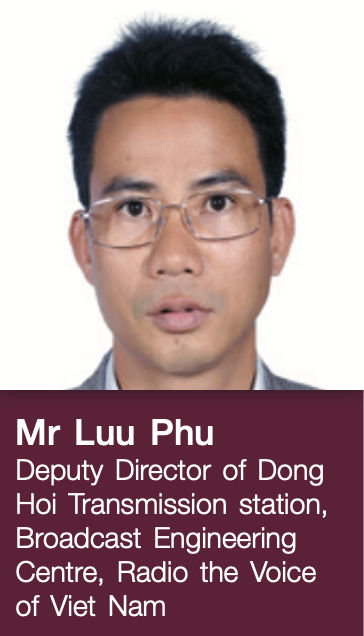 A ten-day ABU Technical Advisory Service (TAS) mission to Lao National Radio (LNR), an ABU member, took place from 14 to 24 September. The mission addressed a request from LNR to repair two radio transmitters: one shortwave transmitter Continental Electronic SW 417ESOKW 50kW, one medium wave transmitter Harris DX 200kW and to make a short theory and hands-on training course on radio transmitting techniques. The expert for the mission, Mr Luu Phu was from Radio the Voice of Viet Nam (VOV)
A ten-day ABU Technical Advisory Service (TAS) mission to Lao National Radio (LNR), an ABU member, took place from 14 to 24 September. The mission addressed a request from LNR to repair two radio transmitters: one shortwave transmitter Continental Electronic SW 417ESOKW 50kW, one medium wave transmitter Harris DX 200kW and to make a short theory and hands-on training course on radio transmitting techniques. The expert for the mission, Mr Luu Phu was from Radio the Voice of Viet Nam (VOV)
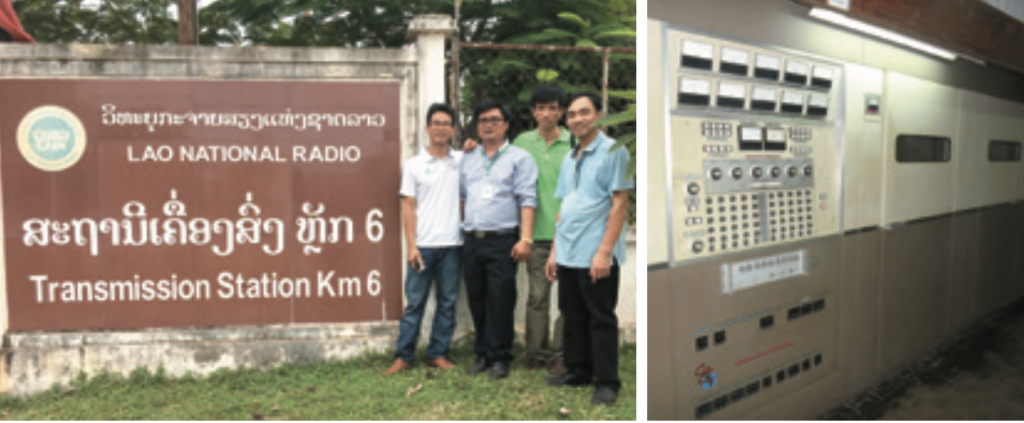 The short wave transmitter, with a designed output power of 50kW, is located at the KM6 transmission station, and was manufactured by Continental. The Power Amplifier uses a 4CV100000 electronic tube and pulse-width modulation method (where the modulation signal changes the power supply to the anode of the Power Amplifier). It failed in March 2015. The technical personnel of LNR had tried to repair the transmitter, but without success.
The short wave transmitter, with a designed output power of 50kW, is located at the KM6 transmission station, and was manufactured by Continental. The Power Amplifier uses a 4CV100000 electronic tube and pulse-width modulation method (where the modulation signal changes the power supply to the anode of the Power Amplifier). It failed in March 2015. The technical personnel of LNR had tried to repair the transmitter, but without success.
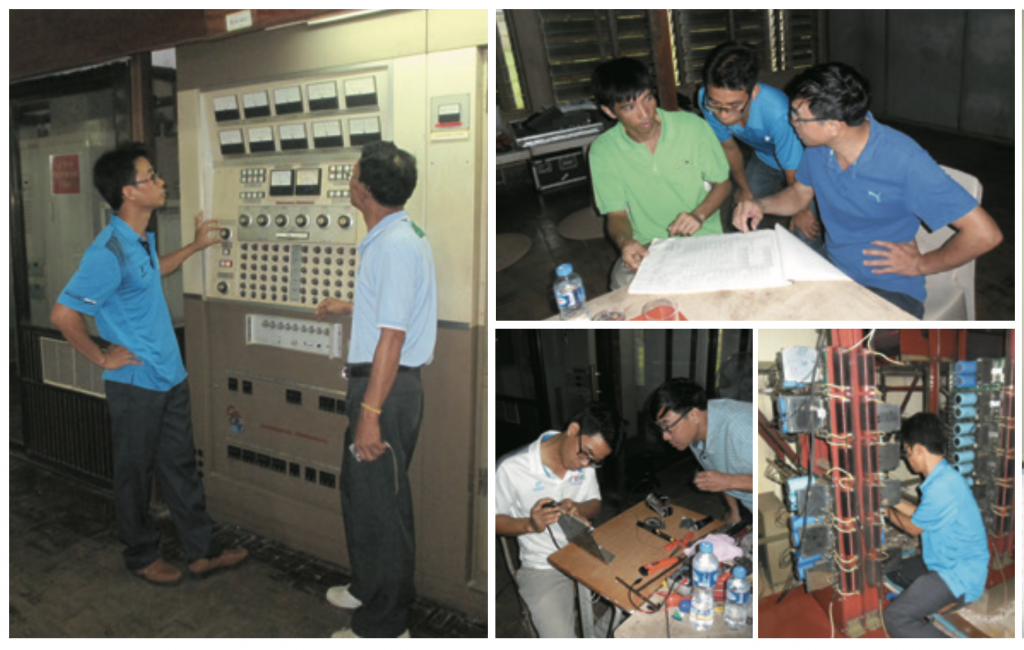 After a few days of testing the whole device, the cause was determined to be that the Intermediate Power Amplifier (IPA) resonant circuit was corrupted, causing the transmitter to fail. After checking the entire resonance control string, I found out three fault areas: the band selection switches, the Timer Tune circuit and the 10K? reference position resistor of the IPA’s Tune and resonance motor control, L9 of the IPA. After repairing and replacing all the faulty parts, the resonant circuit started working again.
After a few days of testing the whole device, the cause was determined to be that the Intermediate Power Amplifier (IPA) resonant circuit was corrupted, causing the transmitter to fail. After checking the entire resonance control string, I found out three fault areas: the band selection switches, the Timer Tune circuit and the 10K? reference position resistor of the IPA’s Tune and resonance motor control, L9 of the IPA. After repairing and replacing all the faulty parts, the resonant circuit started working again.
However, when I started up the transmitter again, there was no power. I checked the radio frequency (RF) from oscillator to IPA and found that there was no RF at the output of 300W amplifier.
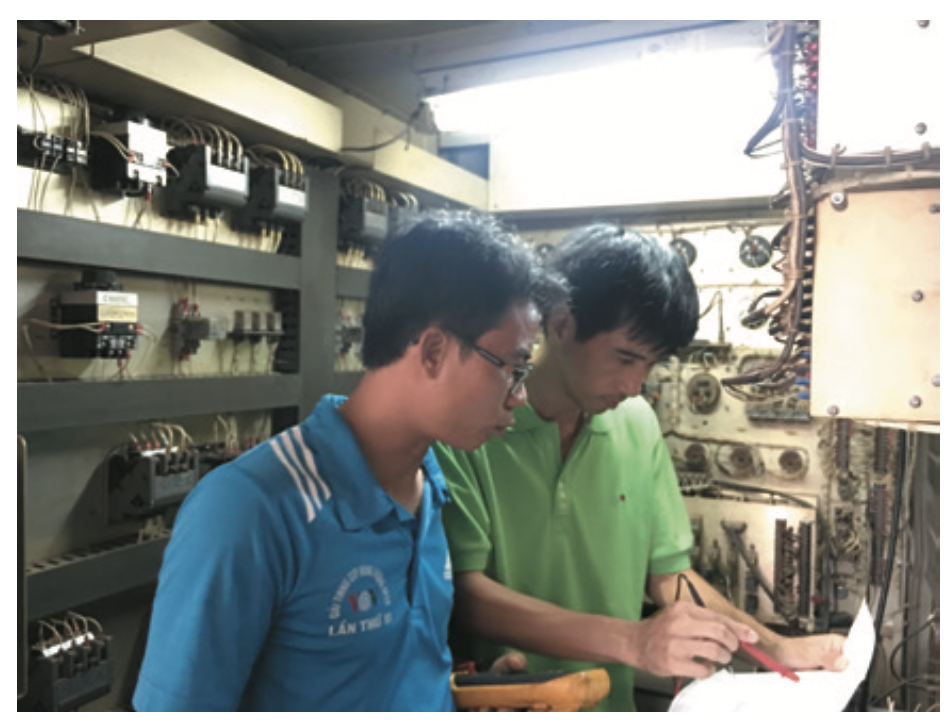 Then I checked RF at the input of the 300W amplifier and discovered a bad connection between the RF cable from the RF control board and the input of 300W amplifier. I cleaned, and re-made the connection and started up the transmitter again, adjusting the IPA resonance and the Tune and Load of PA resonance. With this the transmitter started to work and the, output power reached 50kW without reflected power. However a problem arose in that, when there was no signal modulation, the transmitter had a high level of about 20% noise, causing very bad reception. Inspecting, cleaning and measuring the RF chain again to determine the cause, I found that the noise started from anode of the PA tube. I checked the modulation boards and the fibre optical connection but they were working well. I then checked, repaired and eliminated some power supply modules, but the noise still remained.
Then I checked RF at the input of the 300W amplifier and discovered a bad connection between the RF cable from the RF control board and the input of 300W amplifier. I cleaned, and re-made the connection and started up the transmitter again, adjusting the IPA resonance and the Tune and Load of PA resonance. With this the transmitter started to work and the, output power reached 50kW without reflected power. However a problem arose in that, when there was no signal modulation, the transmitter had a high level of about 20% noise, causing very bad reception. Inspecting, cleaning and measuring the RF chain again to determine the cause, I found that the noise started from anode of the PA tube. I checked the modulation boards and the fibre optical connection but they were working well. I then checked, repaired and eliminated some power supply modules, but the noise still remained.
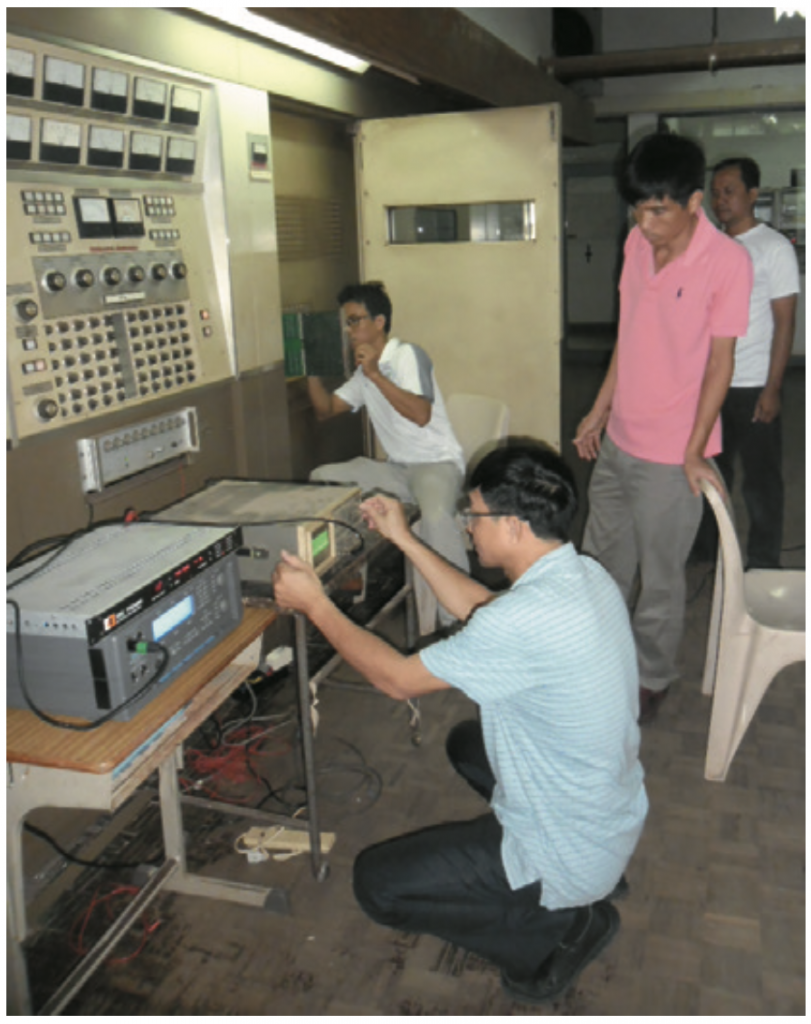 Finally, I found that the noise was being generated by a bad controller board in the power supply module number 6; it was generating the noise which was transferred to the anode. When I removed the bad controller board and substituted another, the noise disappeared.
Finally, I found that the noise was being generated by a bad controller board in the power supply module number 6; it was generating the noise which was transferred to the anode. When I removed the bad controller board and substituted another, the noise disappeared.
I operated the transmitter again and checked all specification to find that everything was working perfectly. That day I felt very happy.
In addition, I repaired and gave guidance on fixing some frequent faults of the Harris DX200 transmitter to the LNR technical staff at KM49 transmission station. Now that transmitter is also operating well.
Because LNR’s transmitter was produced in the 90s, most of the equipment and boards are old, especially, the mechanical switch contacts, which are in bad condition, making it is difficult to repair. I had to work quite hard but I am very happy with the result.
So, my task has been completed and all transmitters are working well. I am back at work in Dong Hoi, Viet Nam. I also gained a lot of interesting job experience during this trip and would like to thank ABU and LNR colleagues for their strong support and excellent preparation for the TAS.
